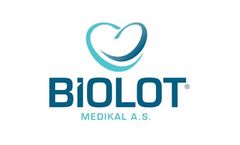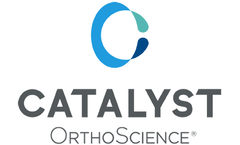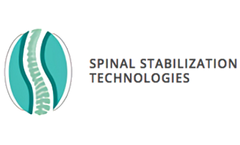Arthroplasty Articles & Analysis: Older
12 articles found
Hip fractures are common, especially in older adults, and require timely medical and surgical intervention. These injuries can significantly impact a patient’s mobility, quality of life, and overall health. Hip fractures are a medical emergency, and delayed treatment can lead to severe consequences. Elderly patients are particularly vulnerable to complications from prolonged immobility, ...
Introduction (With Video Illustration) Although successful results have been reported by arthroscopic microfracture and abrasion arthroplasty for osteochondral lesions with subchondral defect of limited depth, large and deep subchondral defects or subchondral cysts may require restoration of the defect in the subchondral bone together with the articular cartilage.1-4 ...
Below are several case studies and testimonials from actual surgeons performing total shoulder arthroplasties using the Archer™ CSR Total Shoulder System. The utilization of the anatomic Archer CSR humeral implant a/lowed for adequate bone stock retention to complete an anatomic transosseous supraspinatus repair and remove all of the patients painful pathology in one ...
For this procedure I used Catalyst's Archer CSR system for a total shoulder arthroplasty using a lesser tuberosity osteotomy repair with a screw-and-suture technique. ...
It provides real-time measurements of varus/valgus, flexion, slope, resection depth, and most recently added, rotation, to give confidence in femoral and tibial implant placement during Total Knee Arthroplasty (TKA). ...
Abstract Background Nucleus replacement devices are designed to replace the native pain-generating lumbar nucleus while preserving the annulus fibrosus, endplates, and natural motion. The DASCOR Disc Arthroplasty Device seemed to perform well clinically but was discontinued in 2009. ...
In 2019, orthopedic surgeons using the MAKO robot have reported a learning curve of 7 cases for clinical workflow integration, but no learning curve effect for implant accuracy positioning on total-knee arthroplasty surgeries. This requires, however, the presence of clinical support specialists in the OR. ...
Background Manipulation under anesthesia (MUA) is a standard treatment for arthrofibrosis after total knee arthroplasty (TKA), with reported rates of 1.5-6%. Customized TKA may have better outcomes by matching individual patient anatomy. ...
Metal–on–metal hip resurfacing arthroplasty represents an alternative treatment option for young and active patients with osteoarthritis. The advantages of metal–on–metal hip resurfacing arthroplasty include lower wear rate, restoration of anatomic hip biomechanics, preservation of bone stock for subsequent revision procedures, and enhanced stability due to the ...
Polymethylmethacrylate bone cement is a widely utilised material in the field of orthopaedic surgery and specifically total joint arthroplasty. Despite this, its mechanical properties are poorly understood by the end-user and there is controversy over the manner in which the material should be tested and the effects some commonly used techniques have on its mechanical properties. ...
It can be hypothesised that these in-vitro results are transferrable to the well documented clinical findings of antibiotic loaded cemented arthroplasty, and can therefore potentially provide a significant contribution to the reduction of infection in the use of uncemented prostheses.Keywords: gentamicinpalmitate coating, gentamicin base, microporous surfaces, gentamicinsulphate, ...
The bone cement brand used – Surgical Simplex®P – is one that is widely used in cemented arthroplasties; the healing agent used was 2.0 wt.% dicyclopentadiene (DCPD), encapsulated in poly (urea-formaldehyde) microspheres (diameter = 226 ± 51 μm) and the catalyst used was 0.25 wt.% first-generation Grubbs' catalyst. ...








